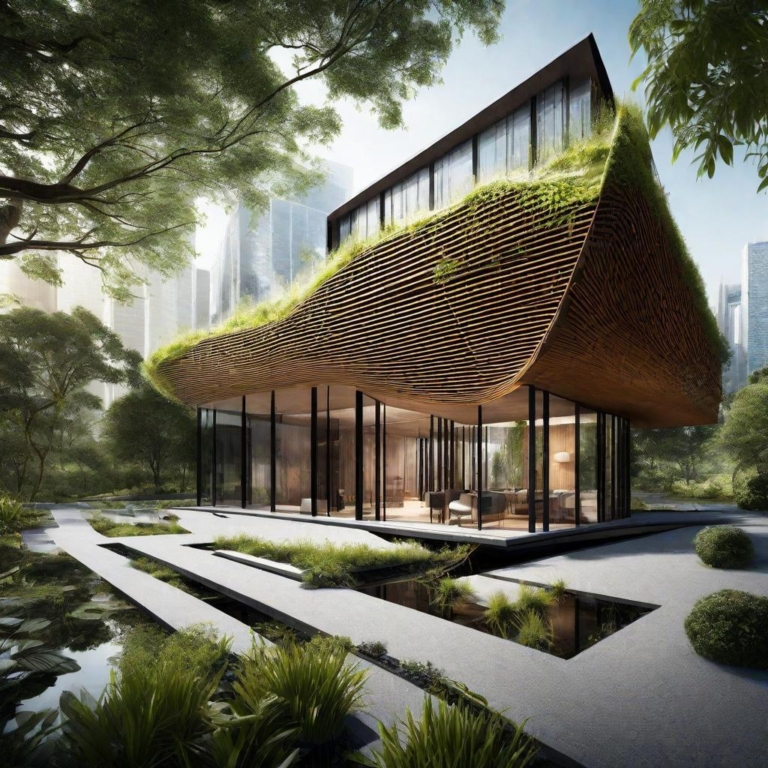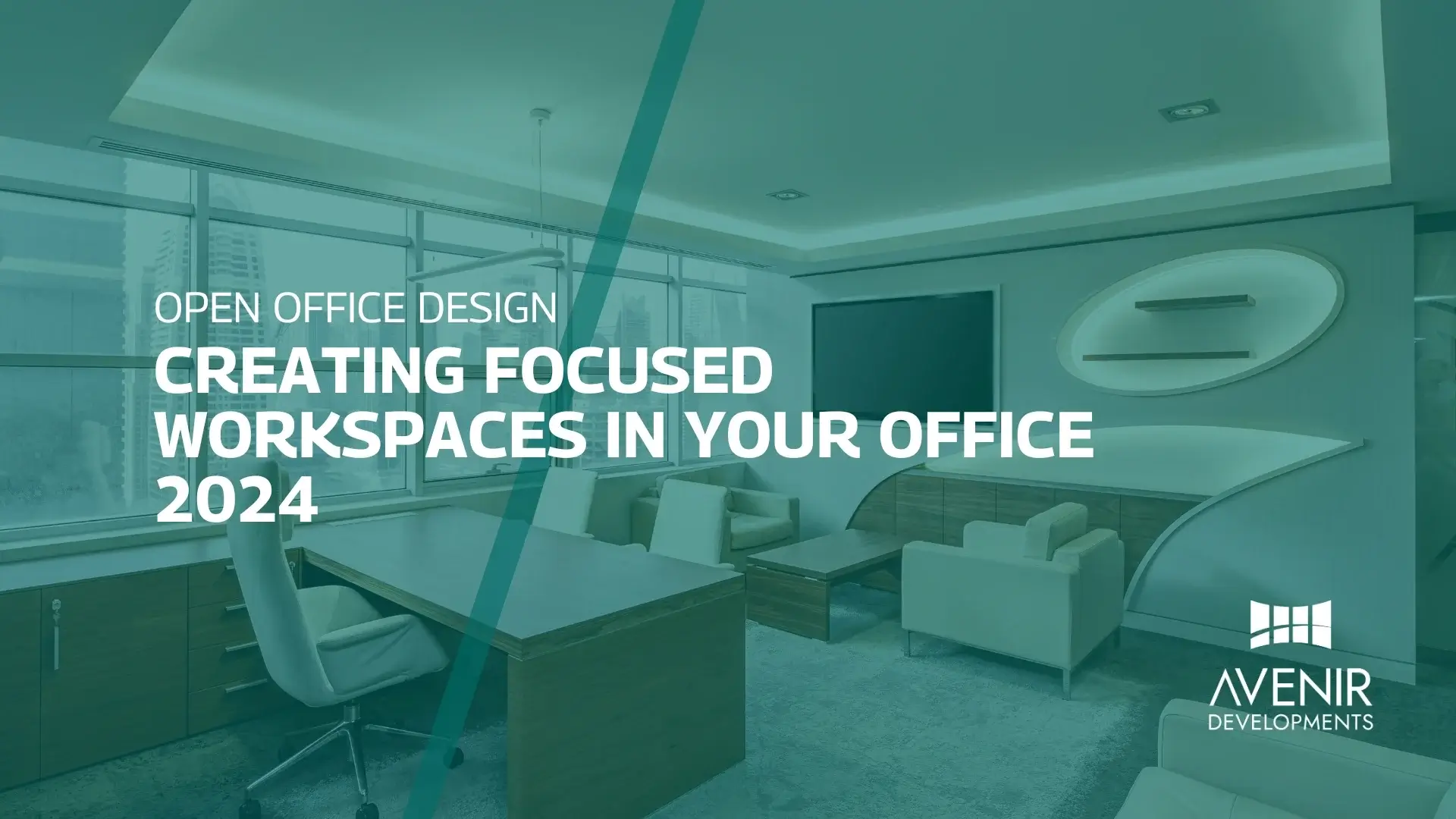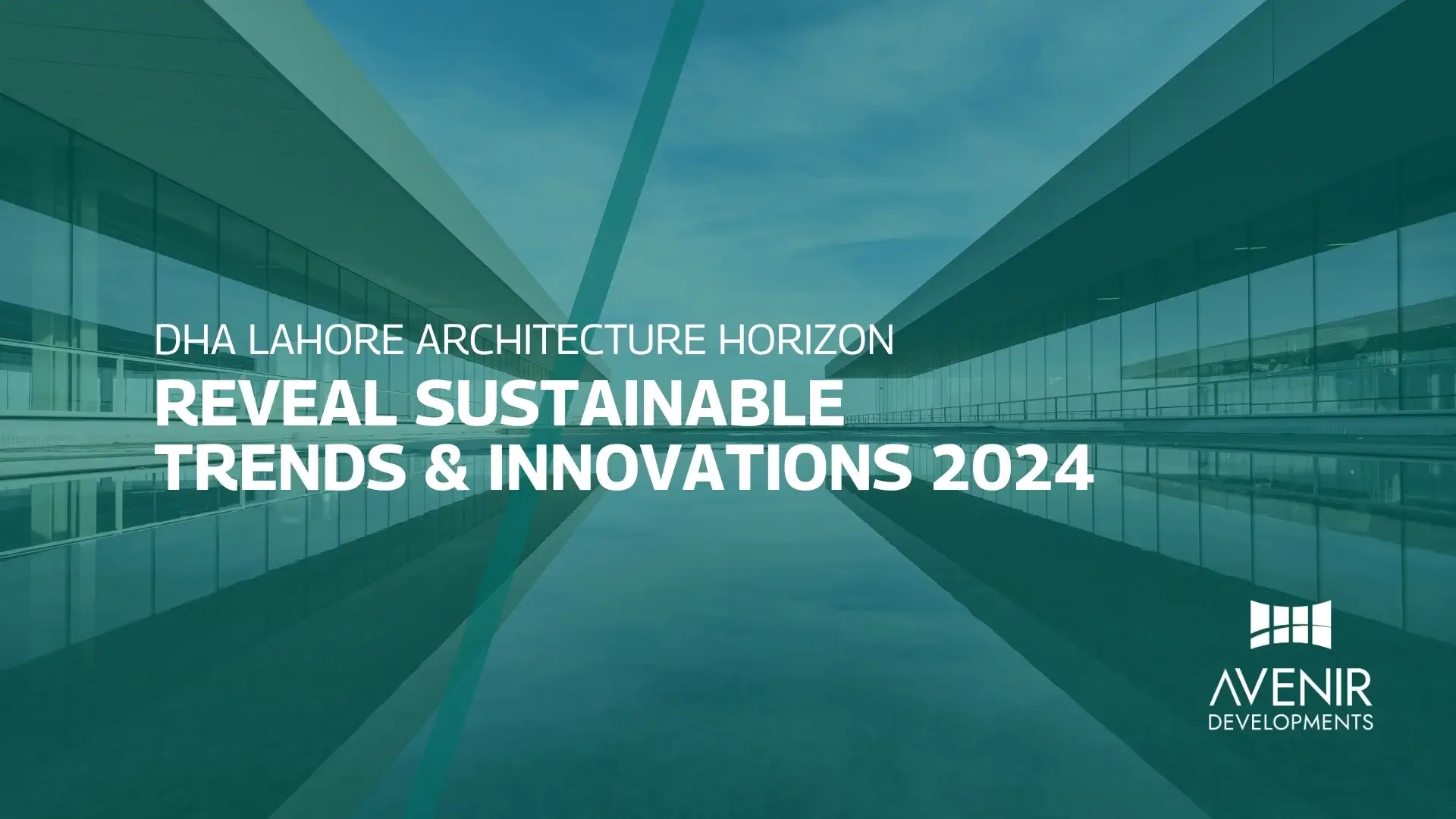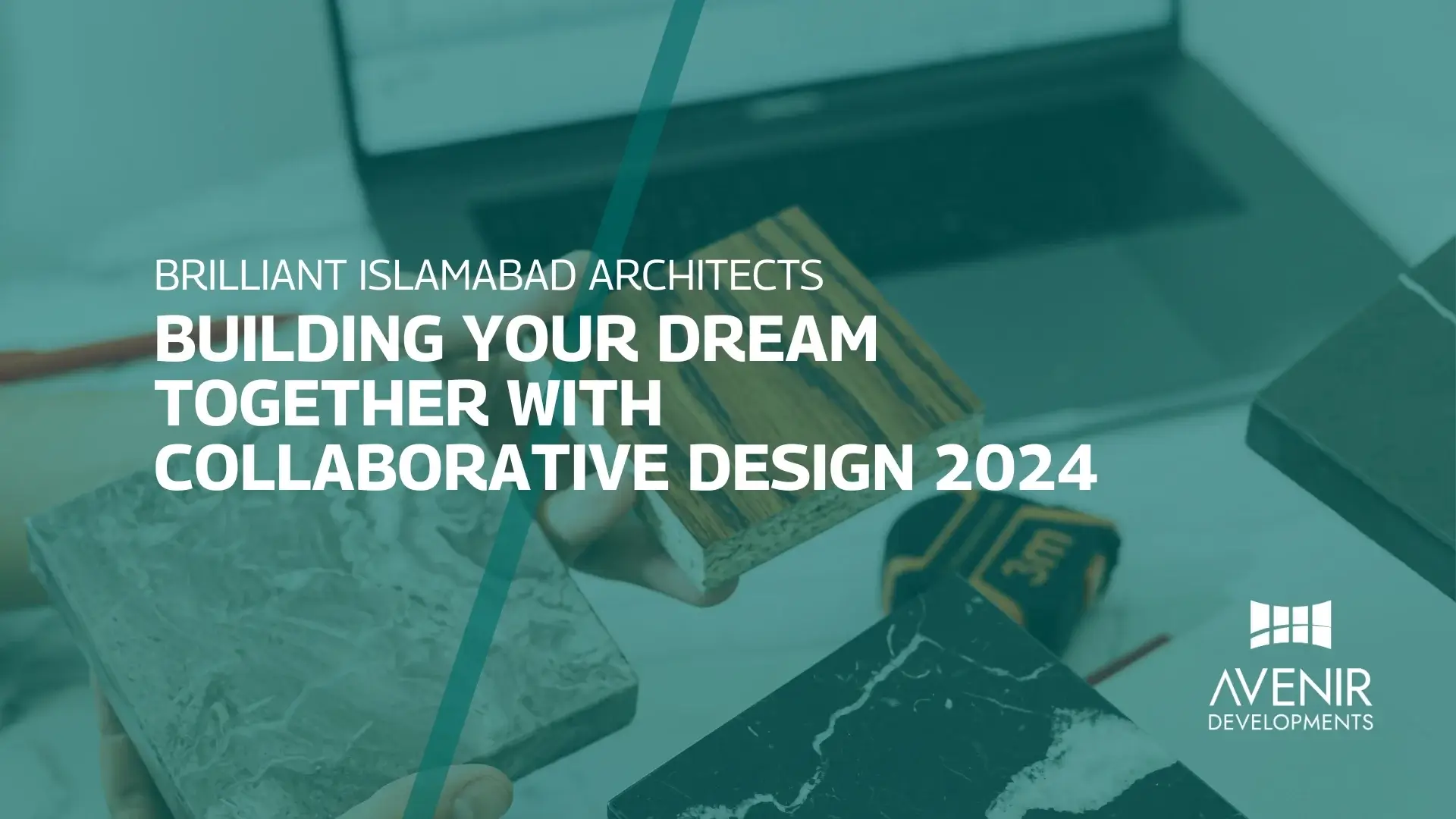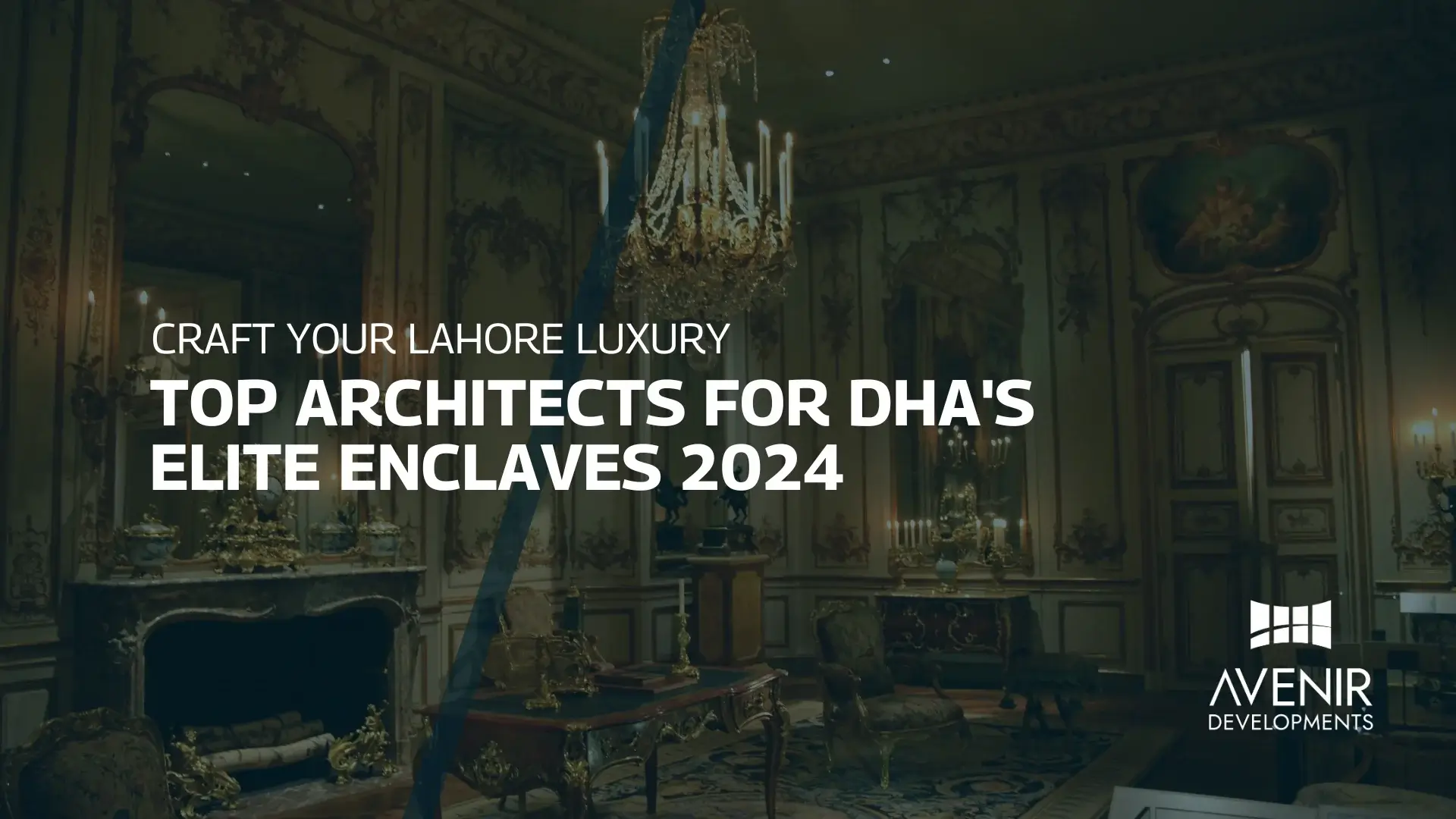Living in a bustling city like Lahore, it’s easy to take the buildings around you for granted. Brick and mortar become the backdrop to our daily lives, but have you ever stopped to think about the impact these structures have on our environment? As a sustainability blogger for a few years now, I’ve come to realize that the way we design and build our spaces has a profound effect on the planet. This is where the concept of sustainable architecture comes in, offering a beacon of hope in our ever-changing world.
Understanding Sustainable Architecture: A Foundation of Green Design
So, what exactly is sustainable architecture? In a nutshell, it’s a design philosophy that prioritizes minimizing a building’s environmental impact while maximizing its positive social and ecological benefits. It’s about creating structures that are energy-efficient, resource-conscious, and ultimately, contribute to a healthier planet for future generations.
The concept isn’t entirely new. Traditional architecture, particularly in regions with limited resources, has always incorporated sustainable elements. Think about the mud houses in cooler climates that naturally regulate temperature, or the strategically placed windcatchers in the Middle East that promote air circulation. However, the modern approach to sustainable architecture takes these principles even further, leveraging advancements in technology and materials.
The significance of sustainable architecture is undeniable. Buildings are responsible for a significant chunk of global energy consumption and carbon emissions. According to a World Green Building Council report, buildings account for nearly 40% of global energy consumption and 36% of final energy use in buildings is for space heating and cooling. Sustainable architecture offers a solution to this by promoting energy-efficient practices and integrating renewable resources.
Emerging Trends and Innovations: Shaping the Future of Sustainable Design
The field of sustainable architecture is constantly evolving, with new trends and innovations emerging all the time. Here in Pakistan, the government is taking significant steps to promote eco-friendly building practices. The recently launched National Green Building Standard [invalid URL removed] sets a benchmark for energy and water efficiency in buildings, paving the way for a more sustainable construction industry.
Globally, some of the hottest trends in sustainable architecture include:
- Biophilic Design: This approach brings nature indoors, incorporating elements like natural light, greenery, and natural materials to improve occupant well-being and reduce stress. Studies have shown that biophilic design can even lead to increased productivity and creativity.
- Adaptive Reuse: Instead of demolishing existing structures, architects are increasingly looking for ways to repurpose them. This not only reduces construction waste but also breathes new life into older buildings.
- Smart Technologies: Building automation systems and Internet of Things (IoT) integration are revolutionizing how we manage energy consumption in buildings. These technologies allow for real-time monitoring and adjustments, leading to significant reductions in energy use.
- Circular Economy Principles: Sustainable architects are focusing on using recycled and recyclable materials in construction. This not only reduces reliance on virgin resources but also minimizes landfill waste.
These are just a few examples, and the possibilities are constantly expanding. As a blogger who closely follows these advancements, it’s exciting to see how sustainable architecture is not just about environmental responsibility, but also about creating healthier, more comfortable spaces for people to live and work in.
Demystifying Sustainable Architecture: Answering Your Questions
There are often misconceptions surrounding sustainable architecture. Here are some of the most common questions I get as a blogger, along with clear and concise answers:
Q: Is sustainable architecture expensive?
A: While upfront costs for some sustainable features might be higher, the long-term savings on energy bills and maintenance can outweigh those initial costs. Additionally, with increasing government incentives and technological advancements, sustainable building practices are becoming more cost-effective.
Q: Does sustainable architecture compromise on aesthetics?
A: Absolutely not! Sustainable design principles can be seamlessly integrated into beautiful, functional buildings. In fact, many architects are finding innovative ways to use sustainable materials and technologies to create stunning and award-winning structures.
Q: How can I incorporate sustainable practices into my own home?
A: There are many ways! Start by focusing on simple things like using LED lights, installing energy-efficient appliances, and sealing air leaks. You can also consider rainwater harvesting for watering your plants or installing a solar panel system to generate your own electricity.
Putting Green Design into Action: Tips from a Blogger
As someone who’s passionate about sustainable living, I encourage everyone to consider incorporating sustainable principles into their lives, especially when it comes to their living spaces. Here are a few tips to get you started:
- Do your research: Before embarking on any renovations or construction projects, educate yourself on sustainable building practices. There are numerous online resources and organizations dedicated to sustainable architecture, such as the World Green Building Council (https://worldgbc.org/) and the Leadership in Energy and Environmental Design (LEED) program (https://www.usgbc.org/).
- Seek professional guidance: Consider consulting with an architect or builder who specializes in sustainable design. They can help you assess your needs, explore sustainable options that fit your budget and climate, and ensure your project complies with relevant regulations.
- Think lifecycle costs: While the initial cost of some sustainable features might be higher, consider the long-term savings. Energy-efficient appliances, for example, may have a higher upfront cost, but they will save you money on your electricity bills for years to come.
- Embrace local and recycled materials: Look for ways to incorporate locally sourced and recycled materials into your project. This not only reduces your environmental impact but also supports your local economy.
- Start small, but start somewhere: Don’t feel overwhelmed by the idea of a complete sustainable makeover. Even small changes, like switching to LED light bulbs or installing a low-flow showerhead, can make a big difference.
Building a Sustainable Future: The Power is in Your Hands
Sustainable architecture isn’t just a trend; it’s a necessity for our planet’s future. By embracing these principles, we can create healthier, more resource-efficient buildings that contribute to a more sustainable future for all. As someone who writes about sustainability every day, I believe that everyone has a role to play.
Here’s the call to action: If you’re interested in incorporating sustainable design into your next building project, Avenir Developments is here to help! Our team of architects, interior designers, and construction management professionals are passionate about creating sustainable and beautiful spaces. Contact Avenir Developments today on WhatsApp or Call +923001101103 for a consultation and let’s work together to build a greener future.

